Website development can seem intimidating, but it doesn’t have to be. This article strips down the complexity to bring you a clear, manageable path from concept to launch. Learn about the essential roles, processes, and languages involved in creating a website in a way that’s straightforward and actionable.
Key takeaways
- Web development is a collaborative effort between web designers and developers, combining programming, design, and problem-solving skills to create and maintain websites and ensure they are visually appealing, user-friendly, and responsive across devices.
- The web development process encompasses several steps, including planning and strategy, wireframing and prototyping, frontend and backend development, testing and quality assurance, and launching, as well as ongoing maintenance, each crucial for delivering functional and well-designed websites.
- Crucial programming languages for web development include HTML for structuring content, CSS for styling and layout, and JavaScript for adding interactivity. Website development agencies offer comprehensive web construction services useful for both small and large-scale projects.
Understanding website development
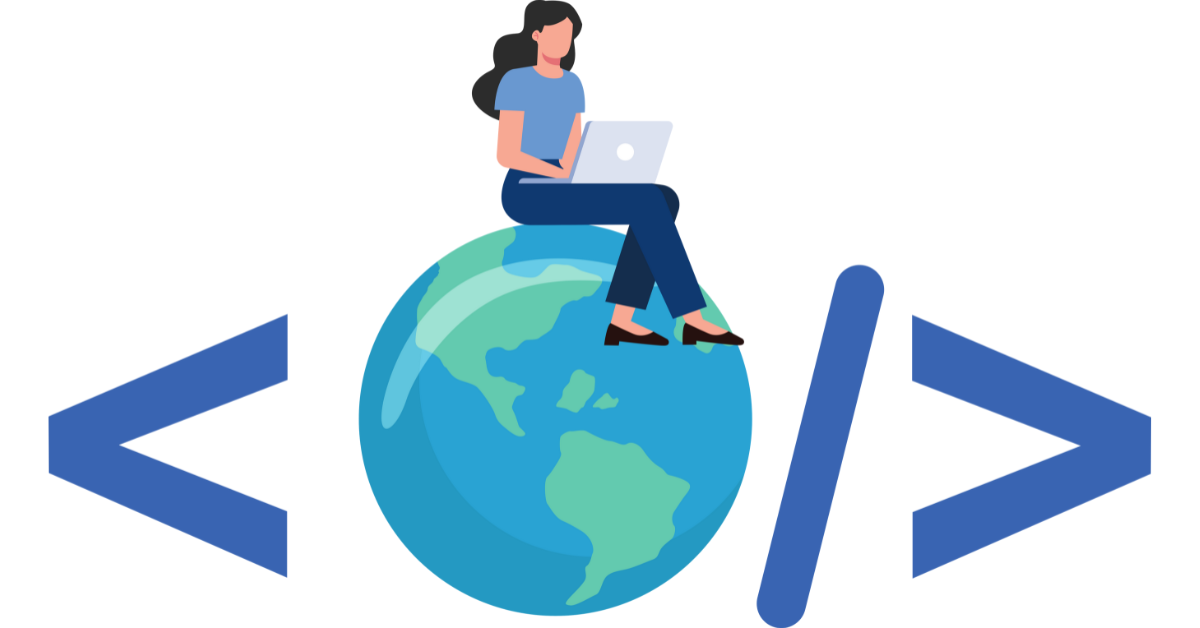
Website development is the bridge that connects businesses and consumers. It’s the process of building and maintaining websites—an art that combines programming, problem-solving, and creativity. We can understand web development as a two-fold process involving both web designers and web developers. Web development refers to this collaboration between designers and developers to create seamless online experiences. Each has a unique role, and together they form the backbone of any digital platform. Website development can also be outsourced to eCommerce development agencies.
Key aspects of website development
Website development isn’t just about writing code—it’s about creating an online experience. This involves ensuring the website is visually appealing, user-friendly, and responsive across devices. The key aspects of website development can be divided into two areas: design and programming.
The design aspect focuses on the user interface and user experience, while programming involves creating the code that makes the website function.
The role of web developers
The role of a web developer is comparable to a construction engineer—they’re responsible for converting a blueprint (the design) into a fully functional structure (the website). Web developers are the architects of the online world.
Their work is meticulous and diverse, encompassing various tasks from writing clean and efficient code to debugging and solving complex problems. This role requires a deep understanding of both client-side and server-side languages, and a keen eye for detail to translate design concepts into technical reality.
Web development basics
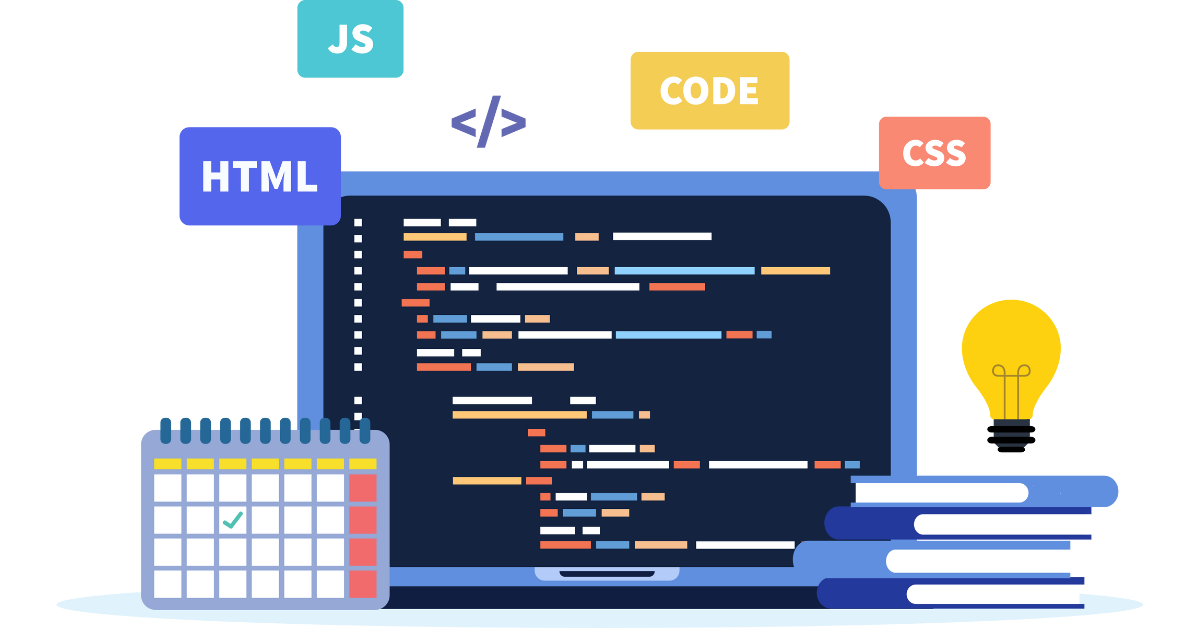
Having discussed the essence of web development, it’s time to dive into its technical aspects—the building blocks that make it feasible. Here, we’ll explore the building blocks of web development, from understanding what a website is to the role of cybersecurity.
What is a website?
A website is like a digital storefront—it’s what people see when they “visit” you online. In technical terms, a website is a collection of interconnected web pages stored on a server that can be accessed via a web browser.
What is an IP address?
Every device connected to the internet has a unique identifier—an IP address. Think of it as the digital equivalent of a home address. It’s what allows data to be sent between devices so that users can access websites.
What does HTTP mean?
HTTP (HyperText Transfer Protocol) is the protocol that defines how messages are sent and received over the internet. It’s the language that web browsers and web servers use to communicate with each other.
What is a web server?
A web server is essentially a large, powerful computer that stores the files of a website. When a user types in a website’s URL, their browser sends a request to the website’s server, which then sends back the files needed to display the website on the user’s device. There are web hosting services that take care of the technical aspects of storing a website’s files and making them accessible to users around the world.
What is coding?
Coding is what makes it all possible. It’s the process of writing instructions in a programming language that a computer can understand and execute. In web development, coding is used to build the structure, design, and functionality of a website.
What does frontend mean?
Frontend development refers to everything you see and interact with on a website. It’s part of frontend web development that focuses on the user interface and user experience, including design, navigation, and interactivity. Frontend developers are responsible for bringing these aspects to life.
What does backend mean?
The backend is the part of a website you don’t see—it’s all the behind-the-scenes technology that powers the frontend. Backend development is crucial for creating seamless user experiences, as backend developers are responsible for server-side programming, database management, and the application of business logic.
What are development platforms?
Development platforms are the tools and frameworks that developers use to build websites. They offer pre-built code and templates, making the development process faster and more efficient. The choice of development platform can significantly affect the functionality, scalability, and maintainability of a website, hence it’s an important consideration for any development project.
What is cybersecurity?
Cybersecurity is important. It involves protecting websites and user data from malicious threats such as hacking, phishing, and malware. It’s a non-negotiable aspect of web development, ensuring that user information is kept safe and secure.
Web design vs web development
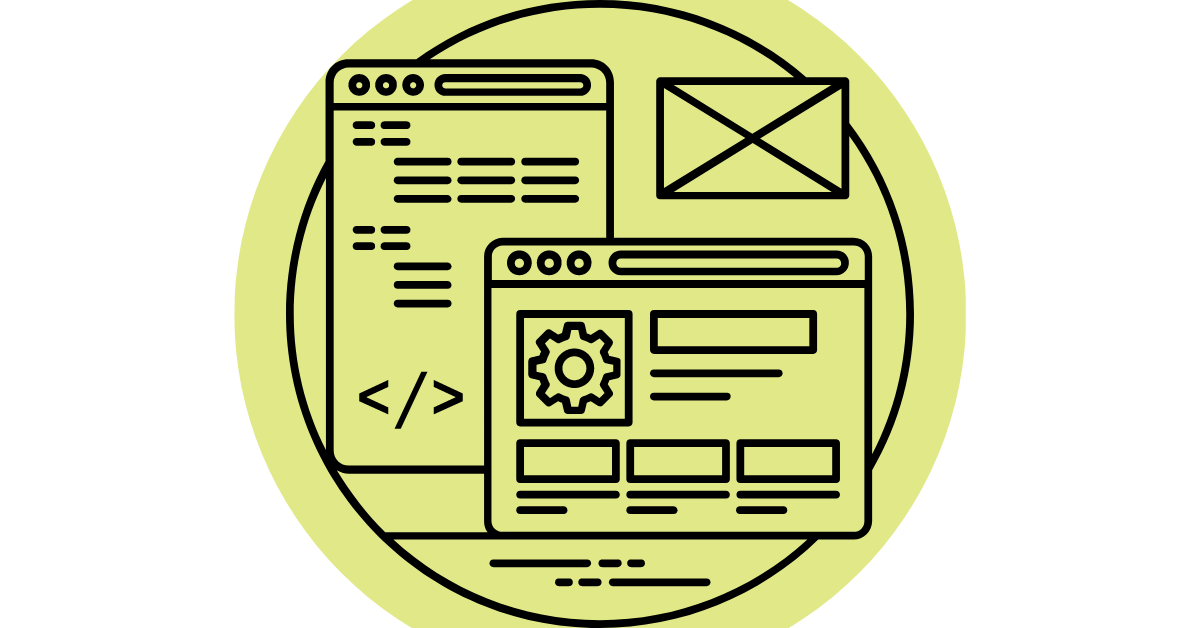
Having explored the complexities of web development, it’s worth comparing it to its counterpart – web design. While web development is all about coding and functionality, web design is more focused on the aesthetic and user experience aspects of a website.
The focus of web designers
Web designers are responsible for:
- Creating the look and feel of a website
- Choosing color schemes
- Creating layouts
- Designing graphics.
A good web designer understands the principles of design and how to use them to create a site that looks great. They have an eye for aesthetics and the ability to create a harmonious layout that guides the user’s eye across the page.
The tasks of web developers
In contrast to web designers who prioritize a site’s aesthetic appeal, web developers, including full stack developers:
- Ensure the site functions as expected
- Use programming languages to create the code that makes the website work
- Ensure that the site is accessible, efficient, and user-friendly
In addition to these core responsibilities, web developers also play a pivotal role in integrating various web services, allowing for enhanced functionality and richer user experiences. They work closely with web designers to ensure that the technical implementation aligns with the design vision. Web developers must stay ahead of the latest technological advancements and web standards to ensure that websites remain compatible across all browsers and devices.
Essential programming languages for web development
Despite the myriad of programming languages at disposal, a handful are deemed indispensable for web development, including server-side programming languages. These are HTML, CSS, and JavaScript. These languages form the backbone of web development and are a must-know for anyone looking to get into the field.
HTML: Structuring content
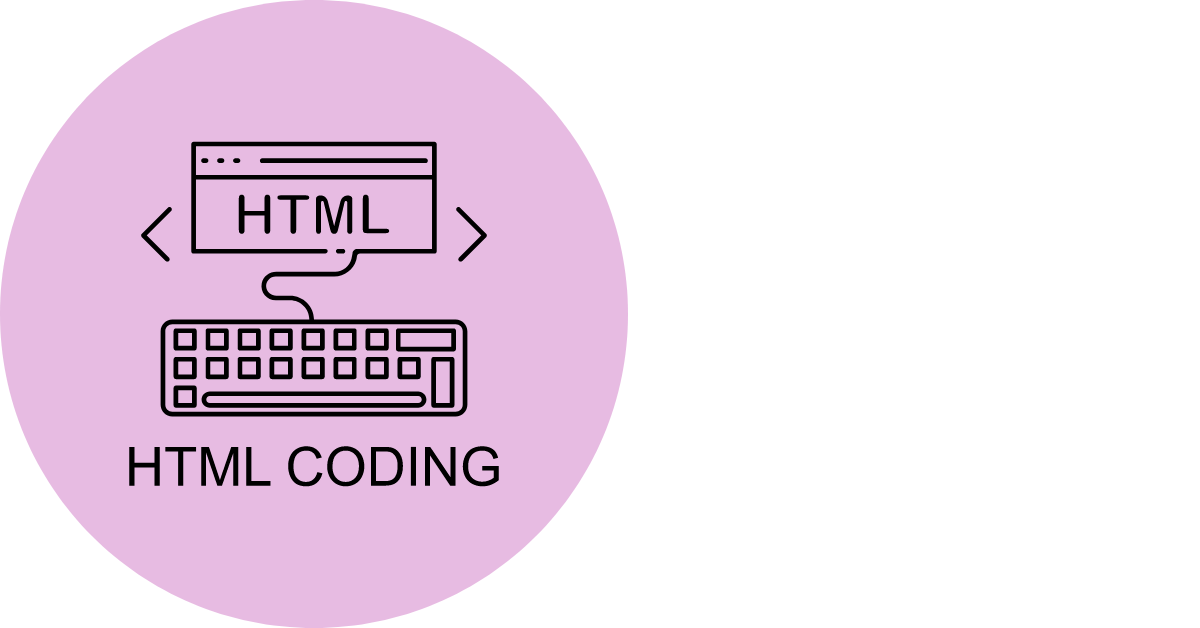
HTML (HyperText Markup Language) is the foundation of any website. It’s used to create the structure and content of a website, from headings and paragraphs to links and images. This language is the bedrock upon which web pages are built, providing the essential framework that holds all other elements in place.
CSS: Styling and layout
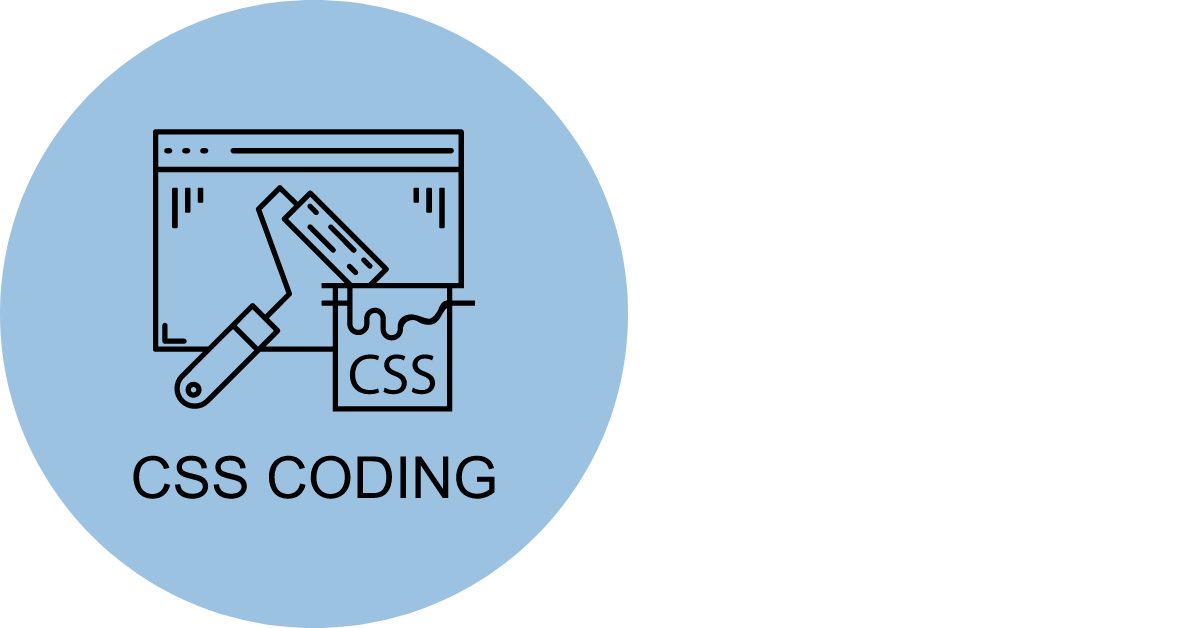
CSS (Cascading Style Sheets) is used to control the visual presentation of a website. It allows developers to:
- Set colors
- Define fonts
- Create layouts
- Add animations and transitions
- Control the positioning of elements.
CSS is an essential tool for creating attractive, professional-looking websites.
JavaScript: Adding interactivity
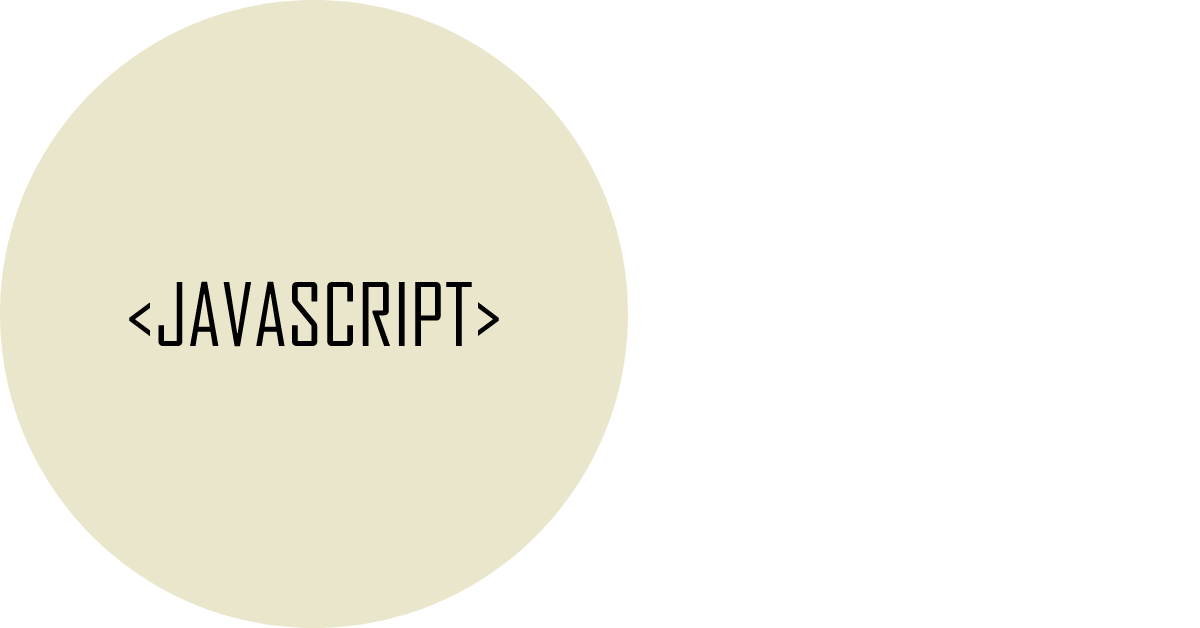
JavaScript is what brings a website to life. It’s used to create interactive elements on a website, including:
- Forms
- Drop-down menus
- Animations
- Interactive maps.
It’s a powerful tool that adds functionality and interactivity to a website.
The web development process
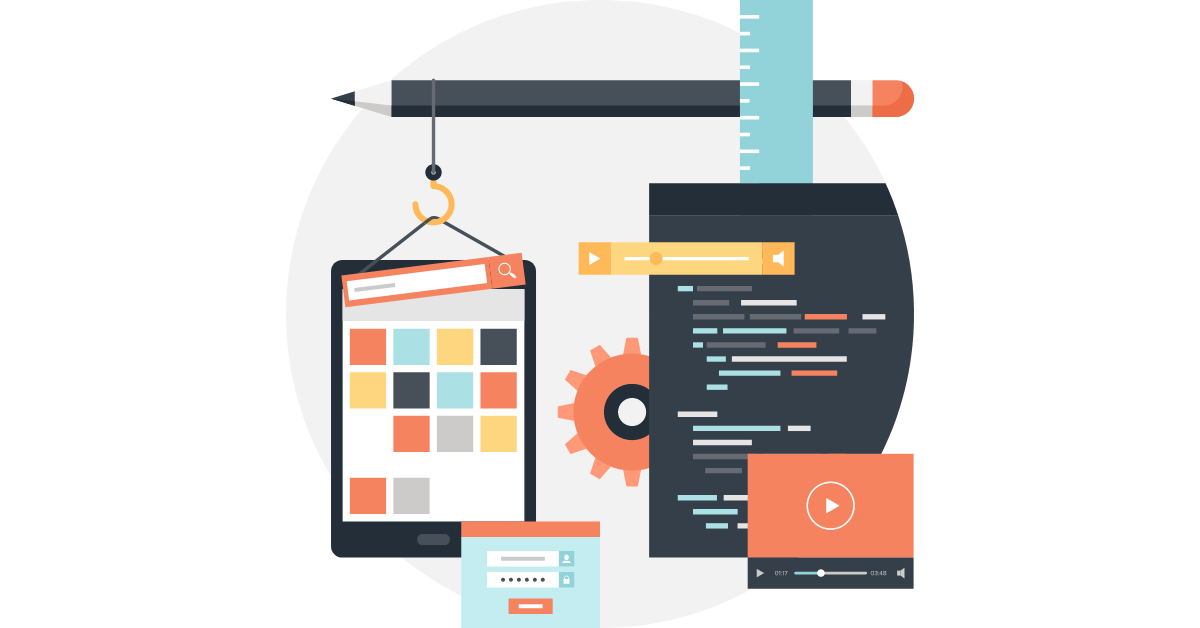
Once you’ve grasped the fundamentals of web development and its core programming languages, it’s time to explore the web development process. This process involves several steps, each critical to the creation of a functional, well-designed website.
Planning and strategy
The first step in the web development process is planning and strategy. This involves defining the goals of the website, identifying the target audience, and creating a project plan. It’s all about setting a solid foundation for the rest of the process.
Wireframing and prototyping
Once the planning stage is complete, the next step is wireframing and prototyping. This involves creating a visual representation of the website, allowing developers and stakeholders to see how the website will look and function before it’s built.
Frontend and backend development
With the design in place, the next step is to start building the website. This involves frontend and backend development. Frontend development focuses on the user interface, while backend development deals with the server-side operations.
Testing and quality assurance
Before a website is launched, it needs to be thoroughly tested. This involves checking the website for errors, testing its functionality, and ensuring it provides a good user experience. Quality assurance is key to delivering a reliable and efficient website.
Launching and maintenance
The final step in the web development process is launching and maintenance. Once the website is launched, the work doesn’t stop. Regular maintenance is needed to keep the website up to date and running smoothly.
Website development tools and resources
Like any craft, web development’s success hinges on the proper tools and resources. This section will provide an overview of some of the most popular and useful tools and resources for web development, from code editors and IDEs to online learning platforms.
Code editors and IDEs
Code editors and integrated development environments (IDEs) are essential tools for writing and editing code. They provide features like syntax highlighting and auto-completion that make coding faster and easier.
Frameworks and libraries
Frameworks and libraries provide pre-written code that developers can use to speed up the development process. They offer templates and functions for common tasks, making it easier to build complex websites.
Online resources and tutorials
There’s a wealth of knowledge available online for aspiring web developers. From free online courses to tutorials and forums, these resources provide invaluable support and guidance for learning the craft of web development.
What are website development agencies?
Website development agencies are specialized entities that focus on developing websites. They offer a comprehensive range of services, from design and development to hosting and maintenance.
Top website development agencies
For small business owners looking to build their first website and large corporations needing a complex web application web development teams at a website development agency can provide the expertise and resources needed to bring your vision to life, including the creation of web applications. Consider these leading website development agencies when you’re looking to collaborate with a professional team for your web development needs.
scandiweb

scandiweb is a full-service eCommerce agency, holding a portfolio that includes well-known companies like The New York Times and Puma. The agency’s expertise spans a range of services including technology solutions, customer acquisition and retention strategies, user experience enhancement, as well as data and analytics insights.
These services are designed to cover all aspects of your eCommerce needs. So, no matter if you’re just starting your eCommerce journey or looking to expand and improve your existing online store, scandiweb services can provide the support and expertise you need to succeed.
Corra

Corra is a digital agency that specializes in creating transformative online retail experiences. With a focus on luxury fashion and lifestyle brands, Corra designs, develops and optimizes eCommerce websites to deliver engaging user experiences and drive high conversions.
Born Group

Born Group is a digital agency known for its innovative approach to creating online retail experiences. Born Group excels in designing, developing, and optimizing eCommerce websites that not only look stunning but also function seamlessly, ensuring an engaging user experience that drives high conversion rates.
Summary
In conclusion, web development is a complex and diverse field. It involves a wide range of skills, tools, and techniques, from understanding the basics of HTML, CSS, and JavaScript, to mastering the process of planning, designing, building, and maintaining a website. But with the right resources and a willingness to learn, anyone can find the right way to make web development work for their business.
Frequently Asked Questions
Is coding required for web development?
Yes, coding is required for web development as it is a core job responsibility and requires advanced programming skills.
What does a web developer and designer do?
A web designer focuses on the visual aspects of websites, while a web developer is responsible for building the website’s functionality and technical aspects. Both roles are crucial for creating a successful website.
Does web design need coding?
Yes, web design does require some knowledge of coding, particularly in HTML and CSS. It’s essential for most design jobs today.
Want to hop on website development but uncertain where to begin? Start with scandiweb! Reach out, and let’s craft your website together.
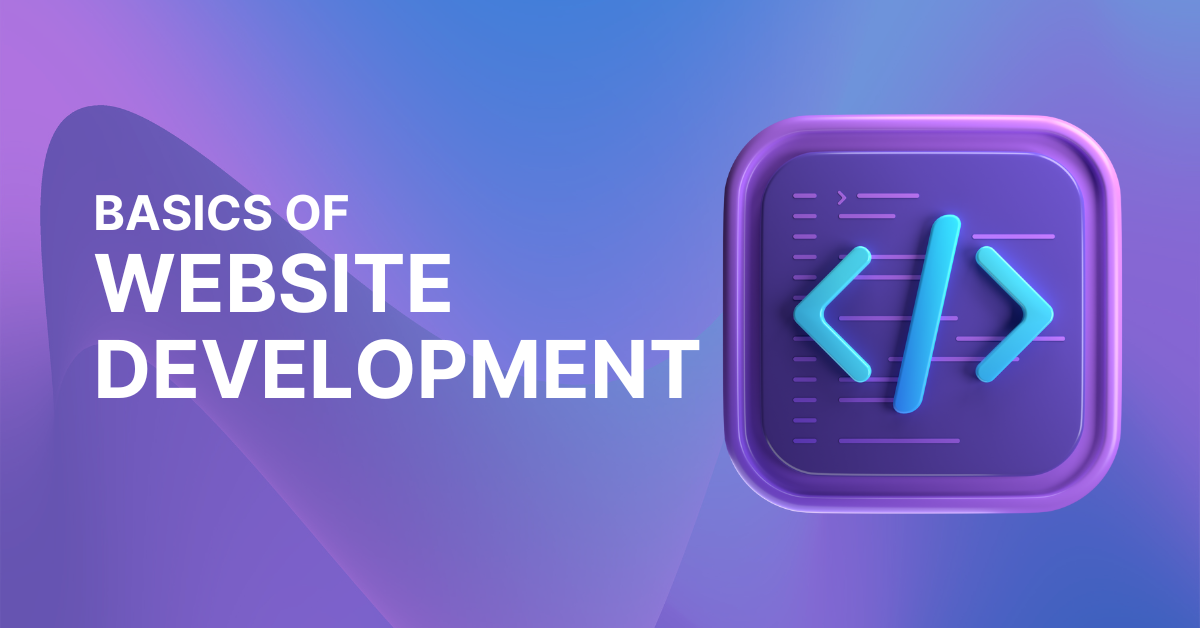


Share on: